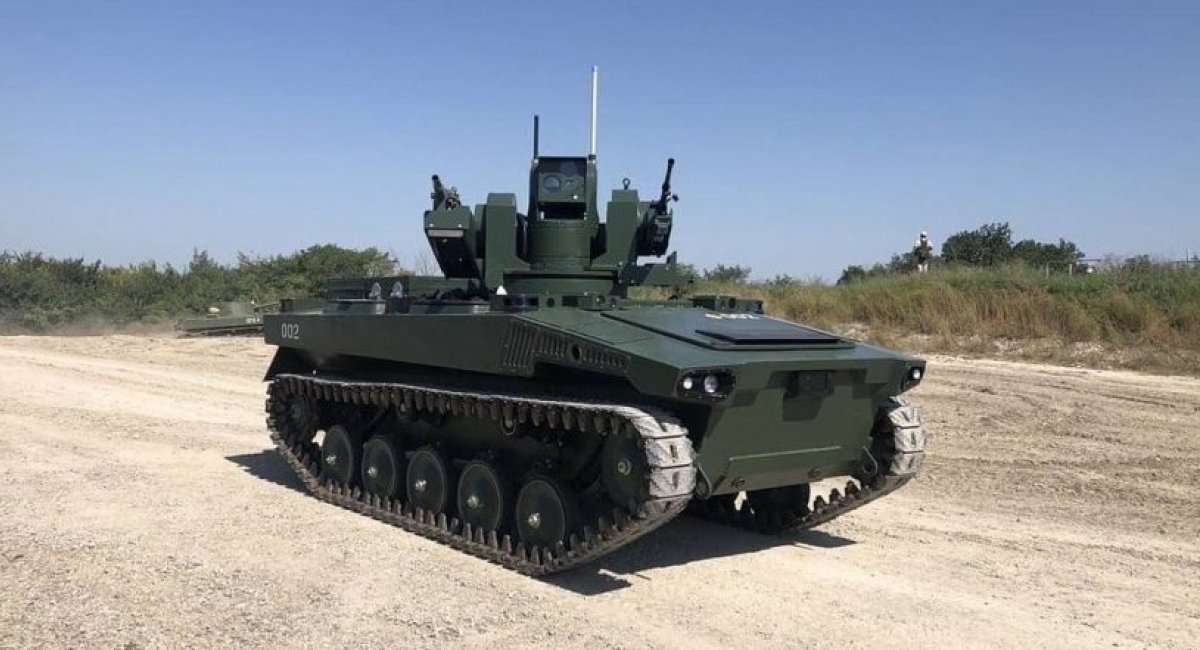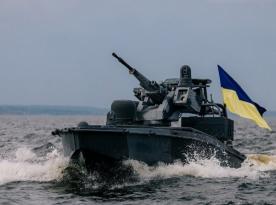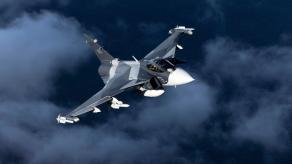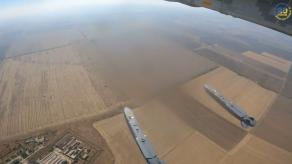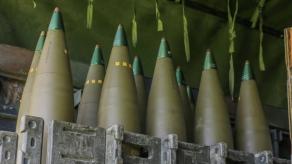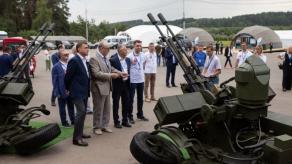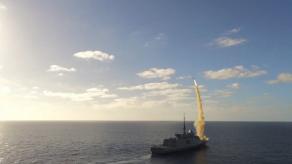Head of the russian "Roscosmos" state space corporation Dmitry Rogozin announced that he and his team are working on a new project: an anti-tank robot called "Marker" that he believes will help counter Leopard 2 and M1 Abrams tanks Ukraine is soon getting from its allies.
Among the contractors of the projects, we can find the "Androidnaya Tekhnika" company that once embarrassed itself with the fake FEDOR robot. As we can see from the images shared through the open domain, the russian "Marker" is armed with only one KPVT heavy machine gun and two RPG-27 launchers. Such a poor armament raises serious questions about whether it could fight tanks in general, even Soviet ones.
Read more: What is the russian Experimental Merlin-VR UAV, That Was Shot Down by the Ukrainian Military on Wednesday
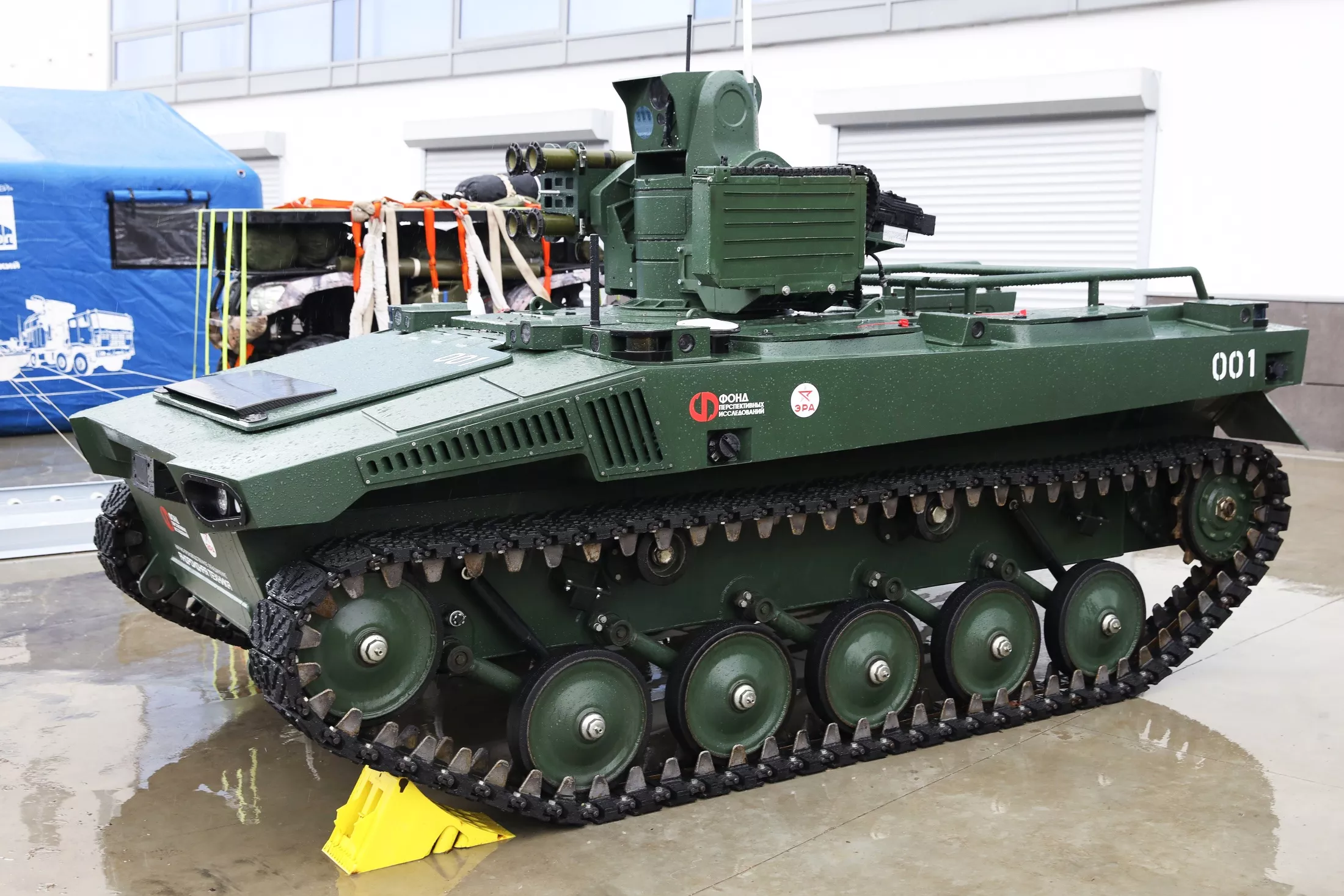
From the outside, russian Marker looks similar to the Soviet T-60 light tank from the times of World War II. But when it comes to the concept of its application, Rogozin stole the idea of the Goliaf "single-use" tank, used by the nazis during WW2 to fight against enemy tanks and field fortifications.
We can call the Goliaf (also referred to as "Goliath") a "kamikaze tank" since it was used "one-way": remotely controlled by an operator, it approached an enemy tank or another target and blew itself up. During WW2, the nazis produced almost 7,000 units of the Goliaf tank which could take from 60 to 100 kg of explosive material based on modification, while being only 2 meters long.

Formally speaking, a Goliaf was 4 times cheaper than an anti-tank gun, although the effectiveness was also as low. The Goliaf's front armor was just 10mm thick, which is why this "tankette" could be destroyed with any kind of anti-tank weapon.
The Goliaf also had a low clearance, so its off-road mobility was bad; sometimes the tank simply could not reach its target. German soldiers also had to operate it with a wired controller, and the attack was thwarted if the wire was damaged. These are the reasons why the Goliaf remained just an interesting fact of military history and did not become a pioneer of a new branch in anti-tank weaponry.
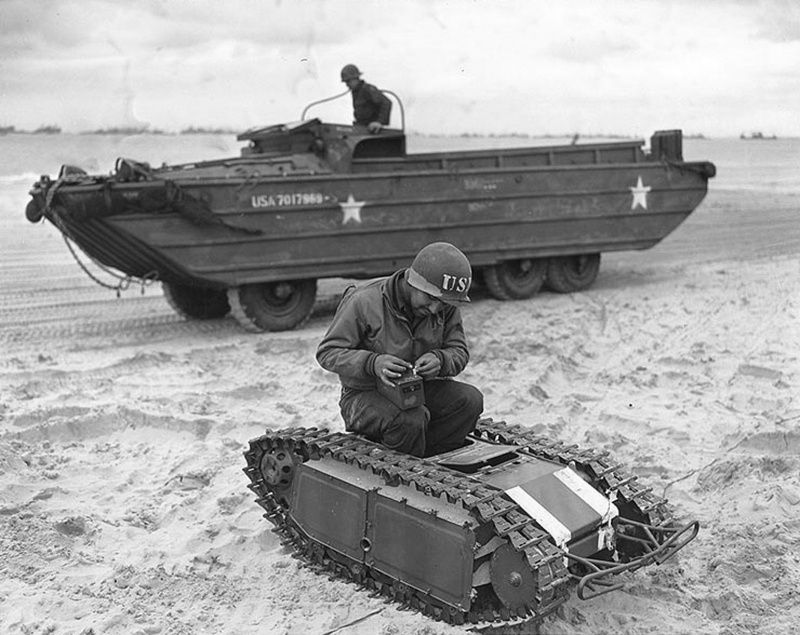
Turning back to the modern "Marker", we can see the same skepticism among western analysts. For example, the authors of Defence One point out that the Marker's dimensions and poor mobility make it an easy target for any skilled tank crew.
Another plane of problems for the russians lies in how they are supposed to maintain control over this remotely controlled weapon in conditions of a real battlefield with active electronic warfare.
Thus it looks more like the production of this anti-tank robot will be limited to just a few units, only for them to pose for the Kremlin's propaganda media cameras.

Read more: What Are the Real Performance Characteristics of russian Zircon Hypersonic Missile They Try to Intimidate the USA With




